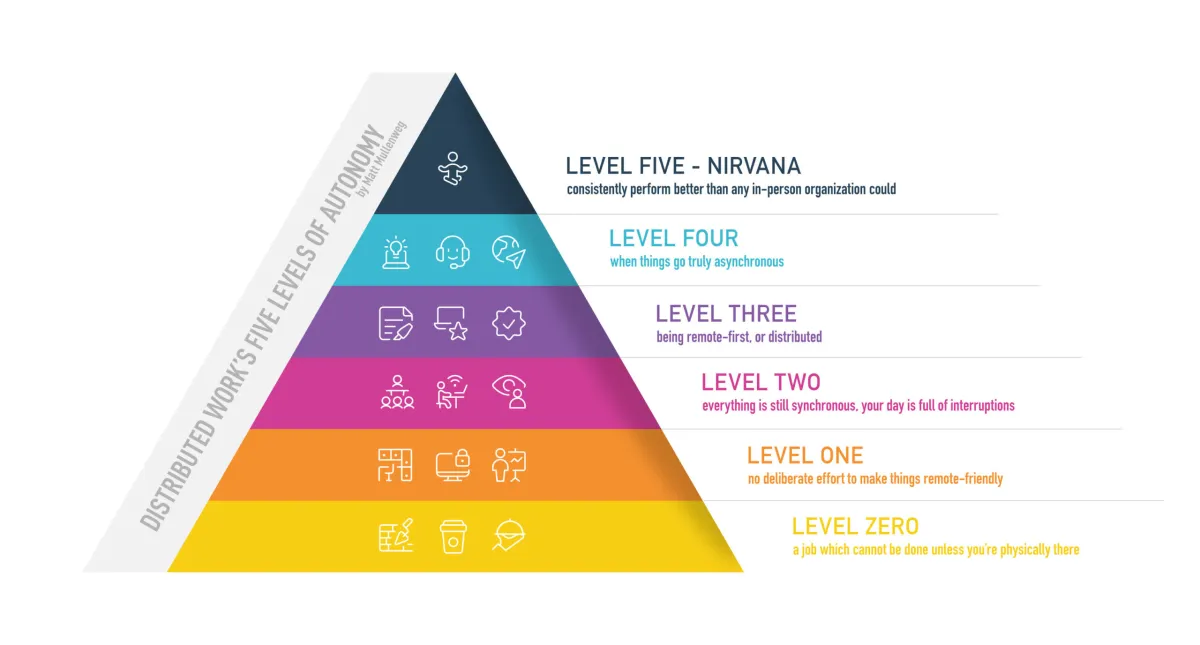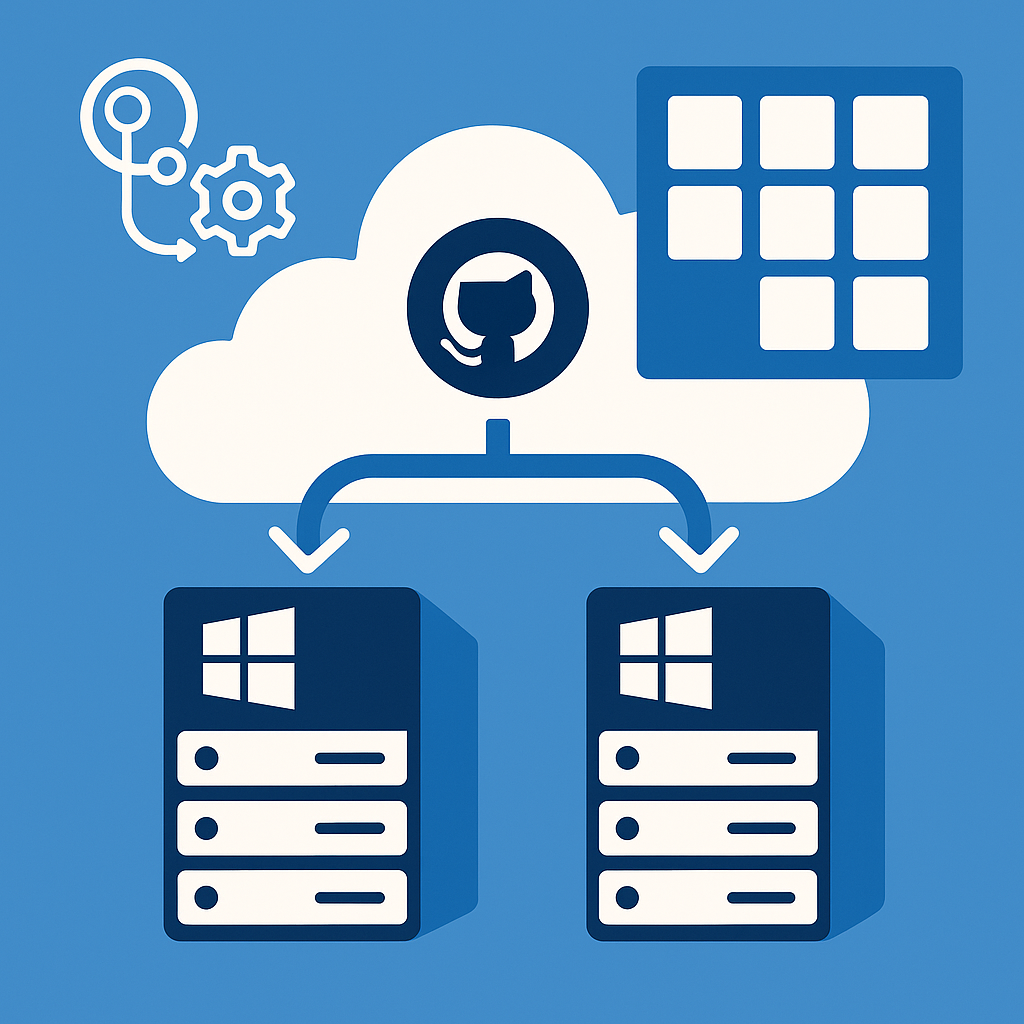Optimizing Remote Work with GitHub: The Power of Asynchronous Communication
The COVID-19 pandemic has forced many companies to adopt remote work practices, but most of them are still at Level 2 in the Distributed Work’s Five Levels of Autonomy. This means they’re recreating their office-based workflows in a remote setting and using synchronous tools like Zoom or Microsoft Teams. However, for remote work to be truly effective, it needs to be asynchronous, which means relying on written communication.

That’s where GitHub comes in. It’s not just a platform for code collaboration - it can also be a powerful tool for remote work. By leveraging its features like Issues and Discussions, distributed teams can collaborate on projects asynchronously, with information and ideas shared in writing. This approach can lead to better decision-making, more inclusive collaboration, and increased productivity.
GitHub Pages is another great feature for remote teams. It allows you to create static websites to share information and communicate updates to your team members. This is especially useful for internal documentation, as well as communicating with external stakeholders.
GitHub Projects is yet another tool that can help with remote work. It’s a visual way to manage workflows and track progress, providing a shared view of what needs to be done and by whom. This helps teams stay aligned and keep work moving forward, even when they’re not in the same location.
In conclusion, remote work is here to stay, and to make it effective, companies need to embrace asynchronous communication. GitHub can be a powerful tool for remote work, providing features like Issues and Discussions, GitHub Pages, and GitHub Projects. By using these features, distributed teams can collaborate more effectively, stay aligned, and achieve their goals.





Leave a comment